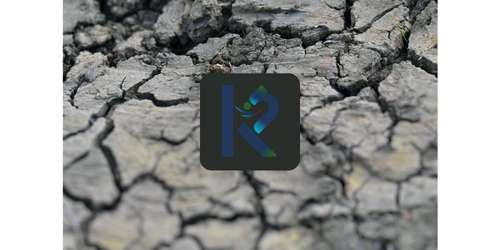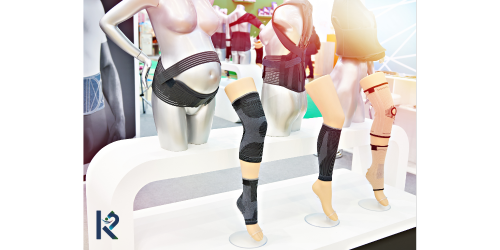Discover the amazing benefits of using support hose compression for reducing swelling in your legs and improving circulation.
Understanding Support Hose Compression
Support hose compression is a type of garment that is designed to provide pressure to the legs and improve blood flow. It is commonly used to reduce swelling and discomfort in the legs caused by conditions like varicose veins and edema. The compression works by applying graduated pressure, with the highest pressure at the ankle and gradually decreasing up the leg. This helps to promote better circulation and reduce fluid buildup in the legs.
Support hose compression can be made from various materials, such as nylon or spandex, and are available in different compression levels. It is important to consult with a healthcare professional to determine the right level of compression for your specific needs.
How Support Hose Compression Helps with Swelling
Support hose compression plays a crucial role in reducing swelling in the legs. When worn, the compression helps to squeeze the veins and muscles in the legs, which helps to push the blood back up towards the heart. This prevents blood from pooling in the legs and reduces the risk of swelling and discomfort.
Additionally, support hose compression helps to improve lymphatic drainage, which is the process of removing excess fluid and waste products from the body. By facilitating better lymphatic flow, support hose compression can further reduce swelling and improve overall leg comfort.
Furthermore, support hose compression provides support to the muscles and joints in the legs, which can help to reduce muscle fatigue and soreness. This is especially beneficial for individuals who spend long periods of time on their feet or engage in activities that put strain on the legs.
Choosing the Right Support Hose Compression Level
Choosing the right support hose compression level is essential for maximizing its benefits and ensuring optimal comfort. Compression levels are measured in millimeters of mercury (mmHg) and are categorized into different classes. The most common compression levels include:
- Mild (8-15 mmHg): Suitable for individuals who experience mild leg discomfort, fatigue, or swelling.
- Moderate (15-20 mmHg): Recommended for individuals with moderate leg discomfort, varicose veins, or mild edema.
- Firm (20-30 mmHg): Designed for individuals with more severe leg discomfort, significant varicose veins, or moderate edema.
- Extra Firm (30-40 mmHg): Reserved for individuals with severe leg discomfort, extensive varicose veins, or severe edema.
It is important to consult with a healthcare professional to determine the appropriate compression level for your specific condition and needs. They can provide guidance based on your symptoms, medical history, and lifestyle.
Tips for Properly Wearing Support Hose Compression
To ensure the effectiveness and comfort of support hose compression, it is important to wear them properly. Here are some tips to keep in mind:
- Put on support hose compression in the morning, before any swelling occurs.
- Make sure the compression garment is properly sized. It should fit snugly but not feel too tight or restrictive.
- Smooth out any wrinkles or folds in the fabric to avoid pressure points.
- Avoid using lotion or oil on your legs before wearing support hose compression, as it can make them slippery and reduce their effectiveness.
- Follow the manufacturer's instructions for care and maintenance of the compression garment. This may include hand washing, air drying, and avoiding the use of fabric softeners.
By following these tips, you can ensure that you are getting the most out of your support hose compression and experiencing maximum comfort and benefits.
Other Benefits of Support Hose Compression
In addition to reducing swelling and improving circulation, support hose compression offers several other benefits:
- Helps to prevent the formation of blood clots in the legs, especially during long periods of inactivity or travel.
- Provides relief from symptoms associated with venous insufficiency, such as aching, heaviness, and fatigue in the legs.
- Can improve the appearance of varicose veins by reducing their visibility and preventing further enlargement.
- Offers support and stability to the legs during physical activity, reducing the risk of injury and muscle strain.
With all these benefits, it's no wonder that support hose compression is widely recommended by healthcare professionals for individuals with leg swelling and related conditions.



